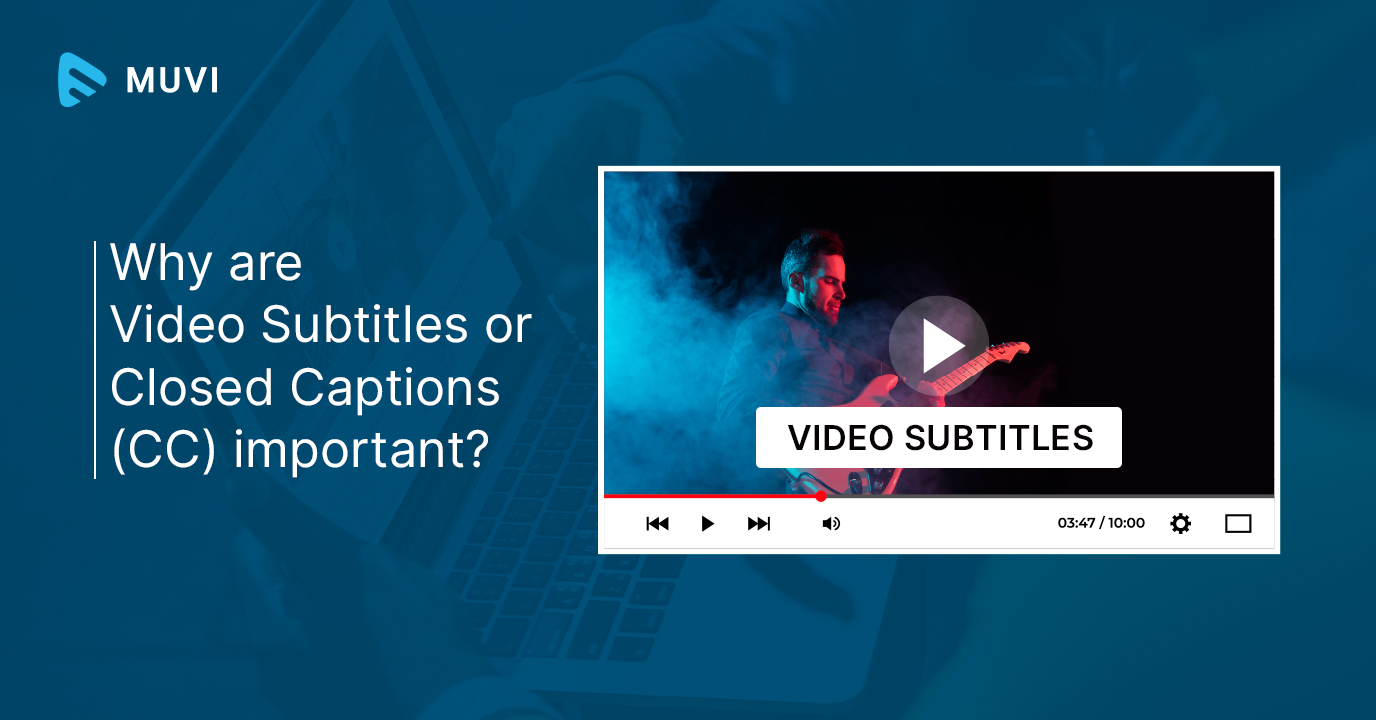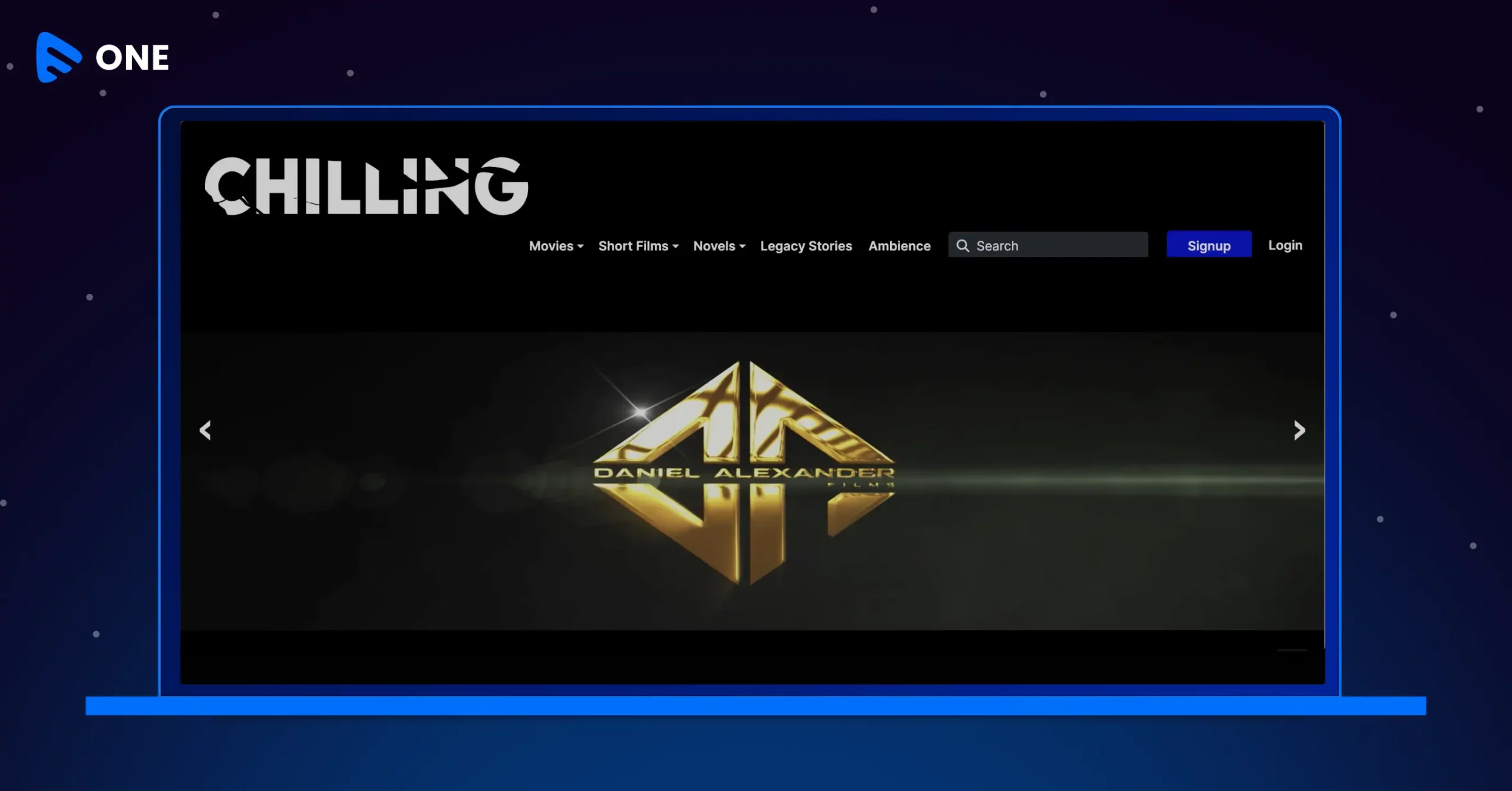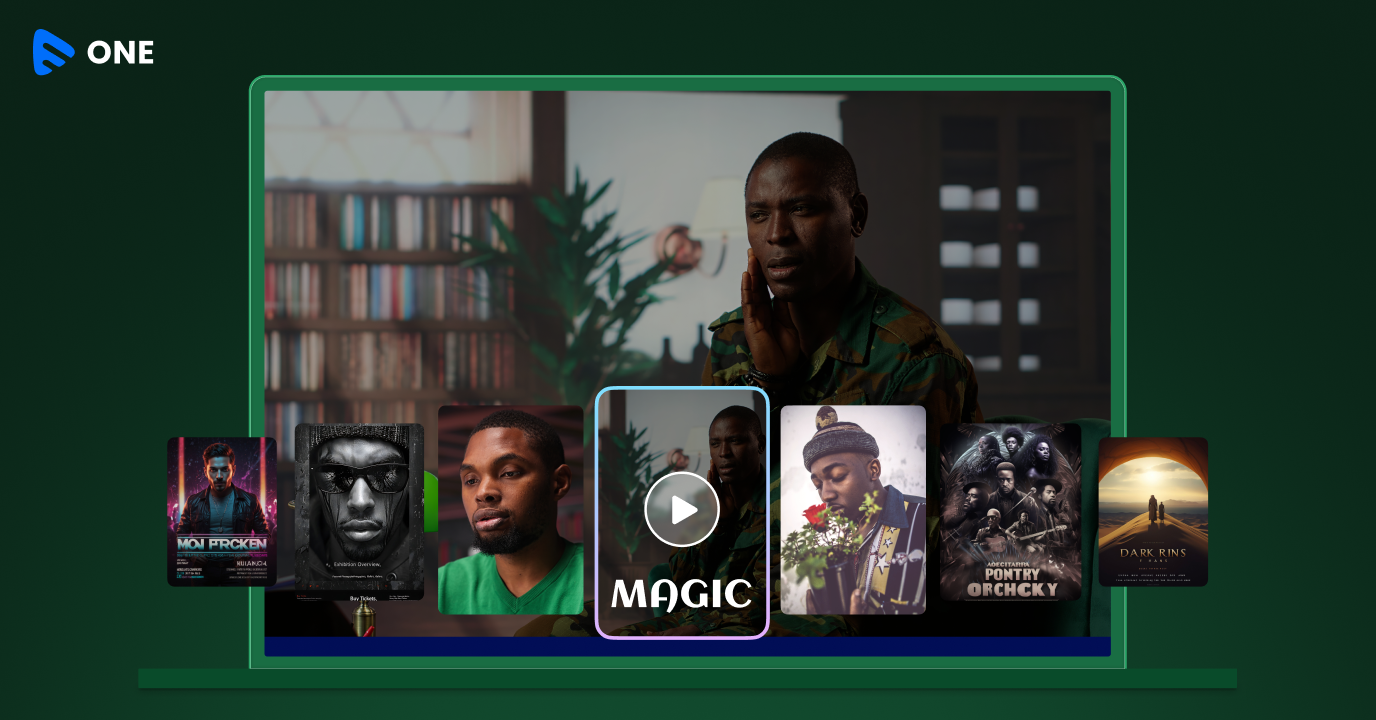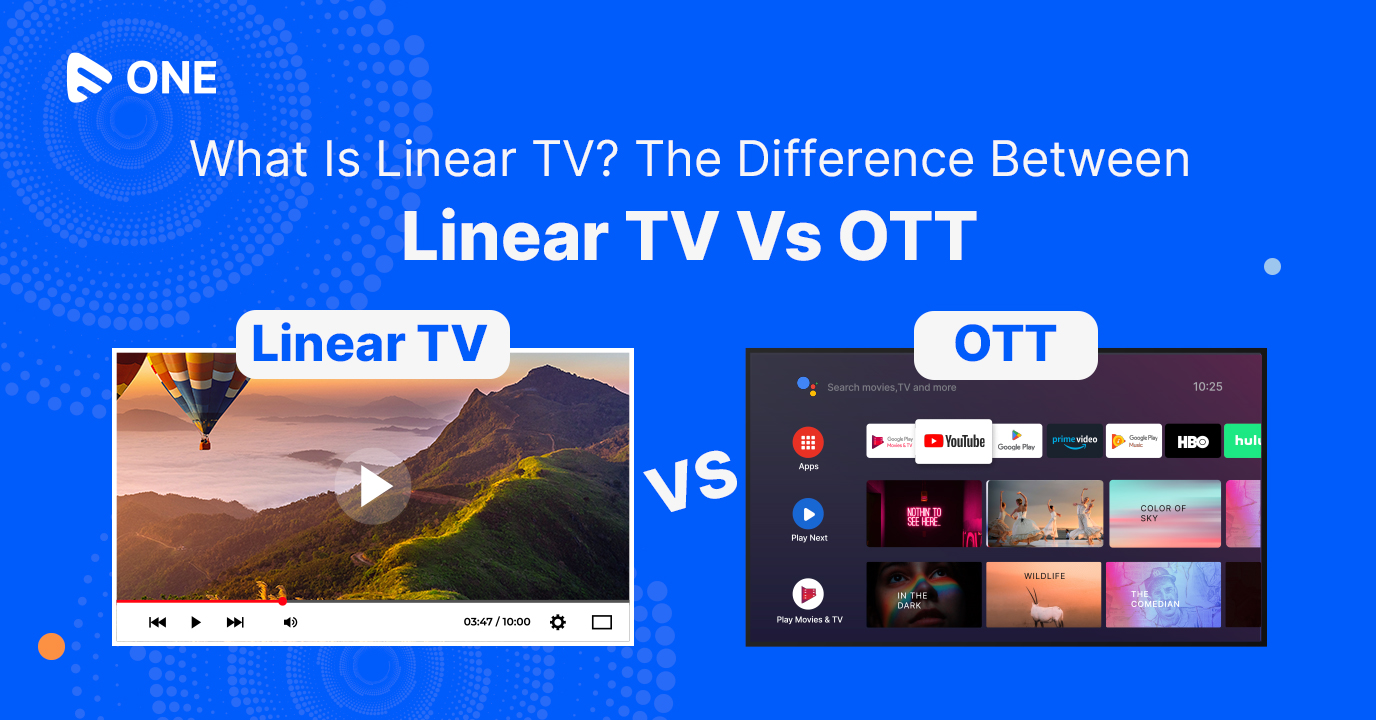Subtitles are not meant to fulfil the needs of people who are hard of hearing but it also helps you make your video accessible to a larger group of audience and make it more engaging. People are more likely to watch a video with subtitles as compared to a video without subtitles.
Adding Subtitles – Why are they so Important?
Subtitling your videos can have a massive positive impact on video’s success. This goes the same for movies, TV shows, social media videos, training content, and all other types of content that is published over the internet.
Subtitles are used to translate speech on a video content and are usually intended for viewers who do not understand the language of the video. Other than translating speech, it also transcribes background sounds such as Music and other noises that are important for a viewer to understand.
According to a report, 80% of the television programs used closed captions for reasons other than hearing loss, and closed captions benefit more than just those who require them for accessibility. Subtitles help the audience to better understand the content or else the narrative of the story you are trying to tell.
Subtitles Vs. Closed Captions – What is the difference?
Video Subtitles are the translation of the audio for viewers who don’t understand the native language while Closed Captions are the transcript of the audio in the content that helps viewers who have problem hearing the audio.
Closed Captions – Closed Captions include the transcription of the dialogues and other audio that is used in the content. They are intended to help people with hard-to-hear issues. Closed captions communicate all the audio sounds such as sound effects, speaker IDs, and other non-speech components. It is again divided into 2 types, open and closed captions. Closed captions can be turned off by the viewer with a single click while opened captions are embedded into the video content and can’t be turned off by any chance.
Video Subtitles – Video Subtitles include translated dialogue of the video content that helps the viewer understand the storyline. They are intended for the audience who can clearly hear the audio but cannot understand the language used in the content. Video subtitles are usually utilized in movies when the language is spoken in countries where the movie is distributed is dissimilar from the language the film is shot in. Example – A French film screened in an English-speaking country.

Benefits of using Closed Captions or Subtitles to your videos
Accessibility – Get Maximum People engaged with your content
Adding subtitles to video contents makes it more accessible to the audience. Making your content highly accessible offers the highest audience engagement. More than 5% of the world’s population have hard to hear complications and without a subtitle, you would miss out on some valuable viewers for your content. Subtitling your videos makes it accessible to a greater number of people.
Sound Off consumption – Consumer’s Preference
69% of the viewers prefer to consume video content without the sound in public and 25% of the viewers do so in private. Adding subtitles will make it easy for them to have a better understanding of the video. Most of the audience on social media networks like Facebook, Instagram, TikTok, etc. plays the video without sound.
Even if your video targets an audience that’s likely to consume videos with sounds on, there are some people who won’t wish to turn the sound on. Those viewers will miss out on your video if not subtitled.
Improved Comprehension – Just to Understand it better
Most people prefer consuming content with subtitles because they want to understand the content in a better way. People have different learning methods, some of them learn through watching while others learn through listening. Subtitles help viewers learn best through reading. The mix of both video and text is strong, and appeals to more audiences than just a video without subtitles.
Most of the viewers prefer watching video content with subtitles even if they speak native language. They prefer subtitles because they just want to understand it better without missing any single part of the video.
Better for those who do not understand Native Language
Great contents should overcome language barriers. Subtitled videos help translate contents for those who are not acquainted with the native language. As a content distributor your prime focus might be getting people all over the world to watch your video, but if the audience cannot understand the language, it’s going to be tough. Subtitle your videos with language that your targeted audience will find easy to understand. If possible, try to offer subtitles in multiple languages.
Audience is more engaged
According to research by PLYMedia in 2009, it was reported that 80% more audience watched a video till the end when subtitles were included. Videos without any subtitles were watched to 66% till the end, while subtitled videos were watched 91% with subtitles on average. If there is an opportunity that subtitles help videos get more views, you should invest the time and money it takes to caption it.
Increased Social Media Reach
Social media research has reported that captioned videos on social media had 16% higher reach than those without. Video with captions have 15% more shares, 17% better reactions, and 26% more call-to-action clickthrough rates on social media.
Thus, videos on social media started performing better on every measure. Videos get watched if they have subtitles, and take away becomes clear. Subtitles make a huge difference in how people see, react, and engage with your content.
Subtitling are Better for SEO
It is simple if people spend more time watching your videos, you will have increased average time spent on your platform, which has a positive effect on your rankings. Quality content with video subtitles can boost the search rankings. Social shares also play a big role and help boost visits and reduce bounce rates. Google also indexes captions that are added to a video and that makes a huge difference in how people discover your website, watch your video, and engage with your contents.
Standard for Closed Captioning & Subtitling Guidelines
According to Capitals Captions, below are some standard subtitling and captioning guidelines to be followed:
Standard Subtitling Guidelines
- Subtitles must stay within a safe text area
- There should be maximum of 2 lines of text per subtitle
- Line splits should be made on language basis with taking grammar into consideration
- There must not be overlapping of subtitles across shot changes
- There should be maximum of 47 characters per line
- UTF-8 encoding must be used to make sure correct display of foreign characters
- It should ideally start in sync with the start of dialogue
- It must be kept within shot changes parameters by 2 frames either side
- It should follow the rhythm of speech for readability reasons
- Reading speeds for adult – 250 words per minute and for youth – 180 words per minute
- indicate foreign language within square brackets
- Identify speaker in capitals with a colon before speech
- Use double quote when dialogue refers to speech
- Use musical notes at the beginning and the end of a line
- Use italics for song lyrics or to indicate music
- Numerals 1-10 should be written out in full and others must be displayed as digits
Standard Captioning guidelines
- Captioning must have maximum 40 characters
- It must be of two lines
- Reading speed for adults – 250 words per minute/20 characters per second and for children – 200 words per minute/17 characters per second
- Minimum caption display time 1 second and maximum caption display time 8 seconds
- Timing must be set to sync with the start and stop of audio.
- It should be as close to original content as possible and written verbatim
- Dialogue must not be censored and should be simplified
- Prioritize truncation as well as limit to ‘filler’ words
- Forced narrative must be in upper case, enclosed within round brackets
- Write sound effects & fuzzy vocalizations in upper case & enclose it within square brackets
- Enclose speaker identification within square brackets
- Indicate foreign speaker’s language within brackets. E.g. (Speaking in French).
- Write narrator’s dialogue and voice overs in italics
- Write out-of-scene dialogues in Italics
- Use Italics to show emphasis in speech
- Song lyrics should also be italicized
When is closed captioning a must?
According to the 21st Century Communications and Video Accessibility Act (CVAA), closed captions must be embedded into videos for increased access of persons with disabilities to modern communications. It also addresses closed captioning for online video.
The CVAA applies to online video streaming websites that distribute TV shows online and include movie trailers, clips, and montages.
How to add subtitles to your videos – Muvi Vs Other Platforms
Now that you have gone through the need of subtitles, it’s time to add subtitles to your videos.
How to add subtitles on other platforms:
- Step 1 – First of all, identify the time you want a particular subtitle to be displayed
- Step 2 – Add text to your subtitle
- Step 3 – Go through the guidelines of adding subtitles to avoid too many characters or text in single subtitle
- Step 4 – After creating your subtitle, store them in a separate file or encode them directly into video
Steps to Add Subtitle to your Video with Muvi CMS
- Go to Manage Content –> Video Library in your Muvi CMS
- In your Video Library, the right-hand side of the video clicks on Add Subtitles (Under Action). A window will pop up.
- Under the section Add Subtitles, select language from the drop-down menu
- Click on Browse to upload the.SRT, VTT, or DFXP file
- Click on Submit button to add your subtitle
- Map the video to your content and DON’T delete the video in gallery
- You can also select the subtitle for a particular language in the player from the SUBTITLE button
How to generate Subtitles for any video?
Video subtitles can either be typed manually or generated using several tools/software available in the marketplace. We have come across one such helpful tool named Descript. Descript can help you generate subtitles for your videos with just a few clicks. Instead of typing the subtitle, you can generate it instantly without much effort.
How to generate subtitles with Descript?
- Step 1 – Download and install the DESCRIPT software on your system
- Step 2 – Sign in and create your account with DESCRIPT
- Step 3 – Click START A NEW PROJECT
- Step 4 – Upload the video by just dragging the video and dropping it in the DESCRIPT CMS
- Step 5 – Automatically the software will generate subtitle
- Step 6 – Make Corrections the subtitle according to your choice
- Step 7 – To Save click on SHARE and a pop-up window will appear.
- Step 8 – Select EXPORT option in the Pop-up
- Step 9 – Click SAVE and it will be saved on your system
How to add subtitles to your videos with Adobe Express
Adobe Express is a video editing tool that helps you format videos for various social media platforms such as YouTube, TikTok, or any of your other channels, then add subtitles to match your audio. It helps you edit, caption, and share in minutes.
To add subtitles with Adobe Express you just need to:
- Upload videos or imagery from the device and organize them in the timeline
- Select from different subtitle layout options and adjust the text size as required
- Download and share with your friends and family
Conclusion
Subtitles play a major role in a video’s success. Subtitles are necessary because it increases accessibility, provides better engagement, and improves search engine optimization. The process isn’t very hard and takes quite less time to create and add subtitles to your videos.
Are you looking for an enterprise-grade online video platform? Muvi One is an all-in-one OTT platform provider that helps you create your white label multi device streaming platform globally. With Muvi One, you can also add bulk subtitles to your videos automatically ensuring a viewer sitting at Virginia connects to your content the same way as a viewer in Paris.
Add as many subtitles as you want for a video file in any language. Muvi One supports multiple languages for the subtitles and accommodates it all so that your viewer can select the desired subtitle in a matter of seconds. Take a free trial to know what more Muvi can offer you to streamline your video streaming process.
Frequently Asked Questions (FAQs)
What are the subtitles in a video?
Video Subtitles are the translation of the audio for viewers who don’t understand the native language. It includes translated dialogue of the video content that helps the viewer understand the storyline. They are intended for the audience who can clearly hear the audio but cannot understand the language used in the content.
What are Closed Captions?
Closed captions are the transcript of the audio in the content that helps viewers who cannot hear the audio. Closed captions include the transcription of the dialogues and other audio that is used in the content. They are intended to help people with hard-to-hear issues.
Benefits of using Video Subtitles
- Accessibility
- Flexibility to Consumer
- Improved comprehension
- Better for viewers who don’t understand native language
- More audience engagement
- Increased social media reach
- Better for SEO
What is the purpose of video subtitles?
The main purpose of subtitling is to translate spoken audio into a language the viewer will easily understand.
What’s the difference between Subtitles and Closed Captions?
Video Subtitles are the translation of the audio for viewers who don’t understand the native language while Closed Captions are the transcript of the audio in the content that helps viewers who have problem hearing the audio.
















Add your comment